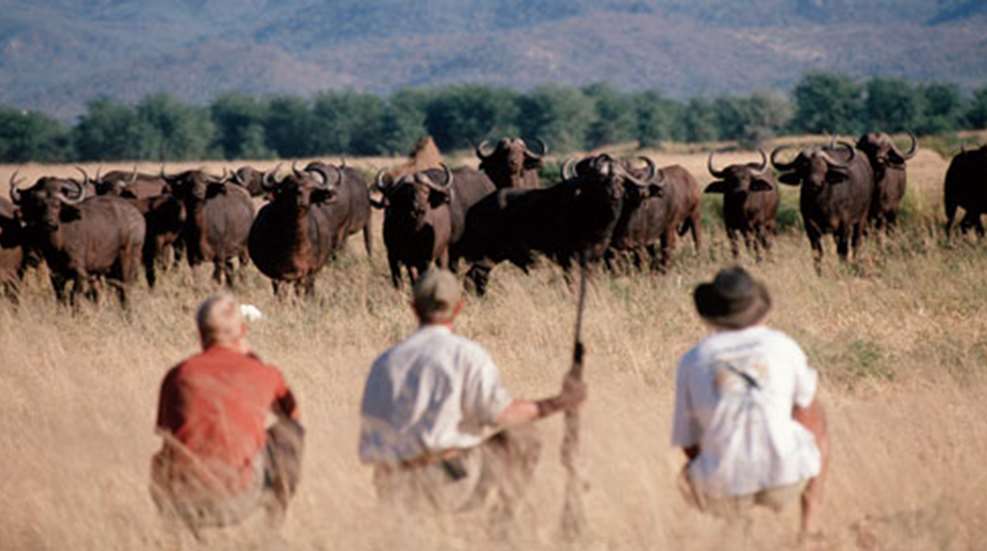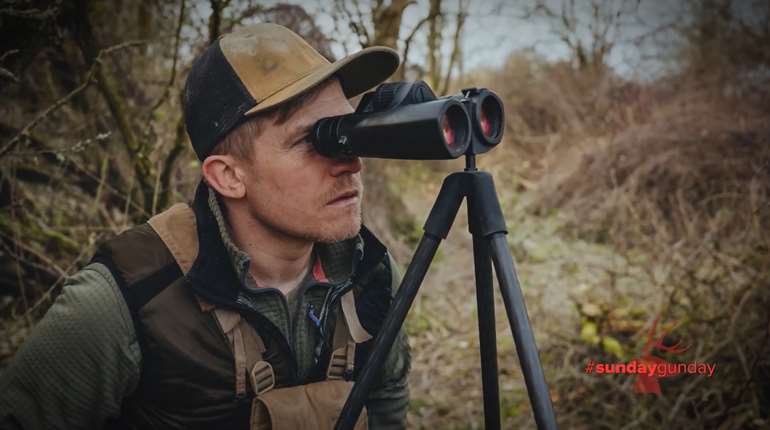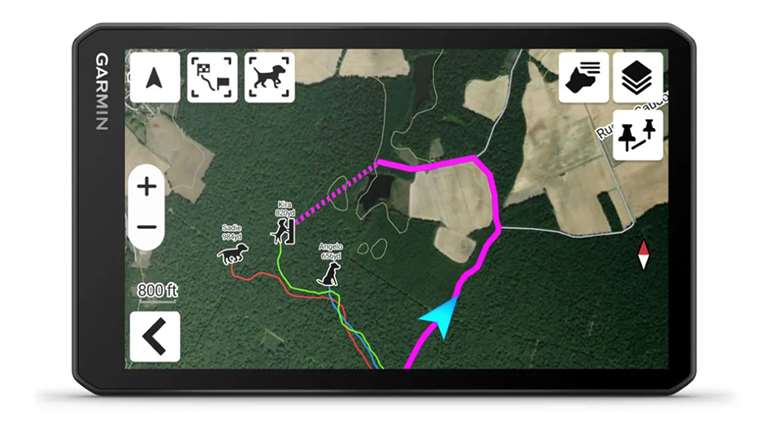
5/12/2010
Even the most ardent bunny-huggers can’t deny what hunting does for wildlife. In a headline about the current state of wildlife in Africa, Conde Nast Traveler begrudgingly and sarcastically proclaimed, “Perhaps the best way to save wildlife in Africa is to kill it.”
It’s true, undeniably so. You could almost hear the Conde Nast editor’s fingernails screech across her keyboard as she was forced to acknowledge that, yes, African wildlife is thriving because of hunting.
The plain fact is that Africa is a developing continent with a largely rural population that must, for lack of an alternative, derive virtually all of its revenue from natural resources. According to the World Bank, 60 percent of the Sub-Saharan African population lives on less than $1 per day.
African governments have increasingly recognized wildlife as a precious natural resource that can be managed through sustained-utilization, which is to say, hunting.
Even more telling, some African countries have tried bans on hunting. There are two examples of this: Kenya and Tanzania. Tanzania closed hunting in 1973 and reopened it in 1978 after poaching reduced its elephant population by over half. Once hunting reopened, the elephant rebounded to a current population around 125,000.
In 1977 Kenya banned hunting and has never reopened it. The costs have been staggering. According to the African Conservation Foundation, 70 percent of Kenya’s wildlife outside national parks has been poached out. Kenya’s elephants fared even worse: between 1979 and 1989, the elephant population fell from 130,000 to 17,000.
Benefits Of Hunting
What does hunting provide? Two things: money and oversight. As we noted, rural Africans are poor and must eke a living from whatever means are most expeditious. Safari companies provide long-term employment to rural Africans. There are the immediate and obvious jobs, such as working in a hunting camp, but there are also anti-poaching teams, bridge and road building crews and game scouts who all derive a livelihood from hunting.
In Zimbabwe, hunting elephants alone generates $15 million a year, according to George Pangeti of the Zimbabwe Parks Department. And continent-wide, approximately $77 million will be generated from the 1,540 quota of hunted elephant set by the Convention on International Trade in Endangered Species (CITES) for 2010.
In the 2007 hunting season in South Africa, 16,394 foreign hunters spent $91 million, according to the South African Professional Hunters Association. The association estimates that 70,000 jobs are created by South Africa’s game-ranching industry.
In 2010, district councils in Tanzania will receive $600,000 as their share of hunting license revenues from the 2009 season, according to The Citizen, a newspaper in Dar es Salaam.
The monetary benefit of hunting flows to district councils in Zimbabwe through its much-heralded program called CAMPFIRE (Communal Areas Management Program for Indigenous Resources). Through CAMPFIRE, the actual local villages and communes benefit directly from the revenues generated by hunting licenses and trophy fees.
Also, safari operators have a vested interest in policing their areas to prevent commercial poaching. There are two kinds of poaching in Africa, meat-poaching, which is endemic to the culture and largely benign if kept under control, and then there is the commercial poaching conducted by organized criminal gangs for profit. These gangs focus on ivory and rhino horn, both of which are smuggled primarily to buyers in Asia and the Middle East.
Government agencies simply don’t have the resources to combat commercial poachers, and widespread corruption is simply a fact of life in Africa. In Kenya, Exhibit A in the case for hunting, systematic gangs of ivory poachers were once allegedly run by the president’s daughter!
When a private safari company comes into an area, it doesn’t take long for the operator to learn who the most notorious poachers are in his area. The operator then goes to the poacher’s village and recruits him to work for the safari company. The operator offers the poacher a job for more money than he can earn poaching.
When I was hunting elephant in Tanzania last year, our local guide was a poacher-turned-tracker named Benito. The trophy fee I paid to shoot an elephant went directly to his communal area, plus his village got all the meat. Men like Benito all over Africa have stopped poaching to become productive workers solely because of hunting.
Saved from the Brink
The rhinoceros is perhaps the best example of how hunting has saved a species from possible extinction. In 1895, the white rhino was actually thought to be extinct, but a group of 100 were found in KwaZulu-Natal in South Africa. Thanks to conservation efforts funded primarily from revenues from hunted trophies, today there are nearly 20,000 white rhino in Southern Africa.
The black rhino has recovered with the help of the same polices that saved the white rhino. In the 1960s, there were an estimated 70,000 black rhino in East Africa. By the 1990s, less than 2,500 remained. The Natal Parks Board stepped in and began a breeding program. Namibia did the same. The programs were so successful that by 2004 CITES actually granted five permits to hunt black rhino to each country.
The elephant is another excellent example of the benefits of hunting. CITES was formed in 1973 as African elephants were being hammered by commercial poachers for their ivory. The elephant population in Africa dropped from over 1 million in 1970 to at least 472,269 in 2006, according to the World Conservation Union. Most estimates say the actual elephant population in Africa is around 600,000 today.
In 1989, CITES banned commercial ivory sales yet allowed hunted trophies to be exported. Once the ivory trade was stifled, elephant populations in Tanzania, Zimbabwe, Botswana, Namibia and South Africa bounced back. The countries without growing elephant populations today are in unstable regions, such as the Congo, where poaching is still a problem.
Zimbabwe was down below 30,000 elephants in 1989, but today the population is about 110,000. CITES allows Zimbabwe 500 permits a year, or less than half of 1 percent of its population. Elephants reproduce at a rate of 4 to 5 percent a year. Because of the growth rate, Botswana has more than 130,000 elephants. Experts say its carrying capacity is 60,000. Botswana will be issued a quota of 400 elephant by CITES in 2010.
There are many other examples of how hunters have saved Africa’s wildlife, like the nyala, blesbok, black-faced impala and bontebok antelopes. But the bottom line is that African wildlife must pay its way in the modern world, and hunters provide that vital revenue.



































